A Guide to Archigram 1961-74 , edited by Dennis Crompton.
(Available on amazon USA and UK.)
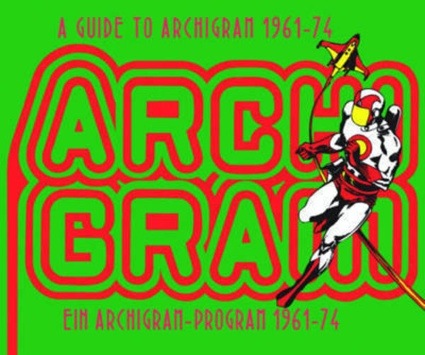
Publisher Princeton Architectural Press writes: In the decade of the Beatles and the moon landing, cybernetics and megacities, an ambitious group of young British architects burst on the scene with a bold manifesto for urban building. The Archigram group pioneered a playful brand of architecture that was visionary, utopian, and grounded in social need. Through a provocative series of publications and exhibitions, the avant-garde cooperative challenged an architectural establishment they felt had become reactionary and self-serving. They advocated a complete rethinking of the relationships between technology, society, and architecture, rightly predicting today’s information revolution decades before it came to pass.
A Guide to Archigram 1961-74 is a compact history showcasing the group’s most interesting and influential schemes, from walking cities and plug-in universities to inflatable dwellings and free time nodes. This book, the most comprehensive guide to Archigram’s voluminous output, collects the critical responses of the period, in addition to hundreds of drawings and photographs.
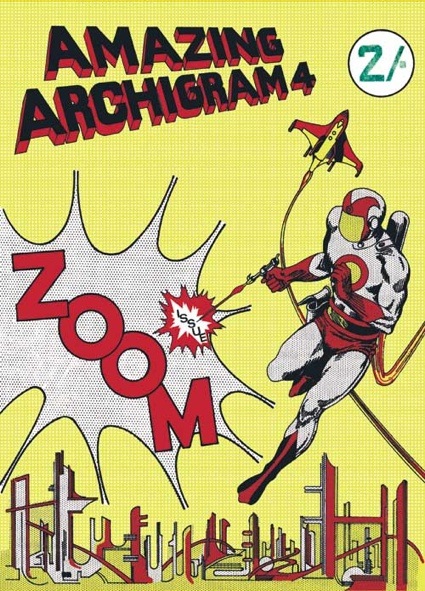 Amazing Archigram, 1964. Cover illustration of the fourth issue of Archigram magazine
Amazing Archigram, 1964. Cover illustration of the fourth issue of Archigram magazine
I thought i knew Archigram. I had read about their vision of technology (or ‘technocratic future’ as magazine editors like to call it), about the walking city, the plug-in city and the instant city. I even read about the swimming pool for Rod Stewart. But this book confirmed that my knowledge of their work and ideas was -at best- superficial.
The book is like a paper version of the Archigram Archive that the University of Westminster made available online a couple of years ago. There’s only a couple of contemporary essays in the book. The rest is drawings, comics, editorials written by Peter Cook for the Archigram magazines, essays by members of the group, project descriptions, black and white photos, etc. You jump from an essay mentioning the anti-aircraft Maunsell Forts recycled into headquarters for offshore pirate stations to houses you can carry on your back, inflatables villages or even traveling metropolis. With Archigram, robots are shooting screens, seminars and conferences are adopting the model of the circus to move around the country and Roy Lichtenstein draws urban super heroes.
Archigram is a product of their time of excitement, innovation and faith in the future when thinkers, engineers and architects were dreaming of marine cities and flying houses. Yet the texts written by Peter Cook in the issues of the Archigram magazine haven’t lost their spark nor visionary relevance. Back in the 70s they were already saluting the rise of diy initiatives, of people being creative and playing a more active part in the environment in which they lived. And while today, we’re talking about smart fridges, a 1969 Archigram project imagined the ‘electronic tomato’ which would do the shopping and direct business operations for you.
Reading Archigram’s essay is uplifting and thought-provoking. Because of the vivid imagination, the use of comics to communicate ideas but also because of Archigram’s critique of society (and of the architecture profession in particular.)
It’s also a bit disheartening at times, i know that next time i visit the graduation show of a design school, i might look at some of the projects and realize that they have that uncanny air of “Archigram’s been there, done that!”
Two words about the format: it is squarish, super thick and short. The kind of shape that never quite fits into the most manicured bookshelves. The inside has a vintage feel with thick, mat pages and tiny fonts.
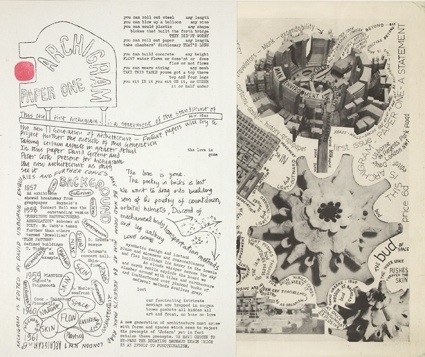 Archigram Magazine Issue No. 1
Archigram Magazine Issue No. 1
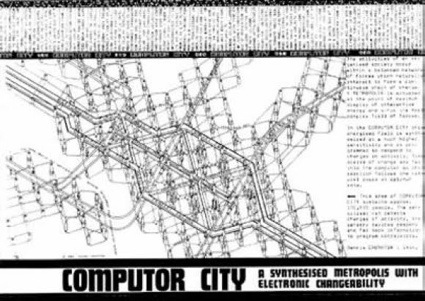 Page from Archigram Magazine n. 5, Computer City, November 1964
Page from Archigram Magazine n. 5, Computer City, November 1964
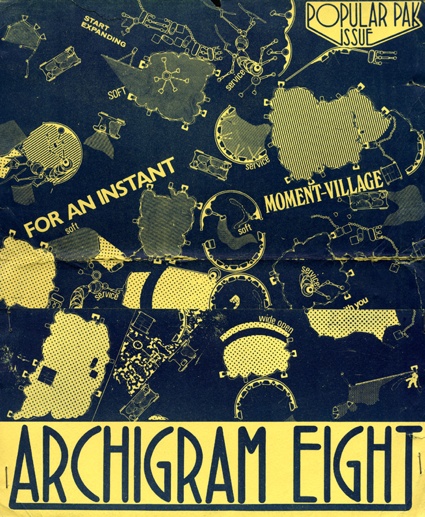 Archigram, no. 8, 1968
Archigram, no. 8, 1968
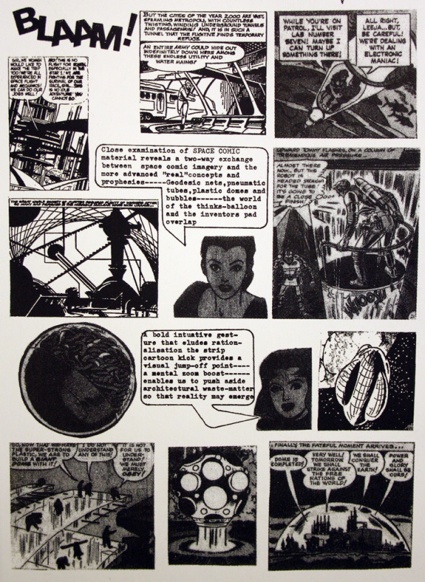
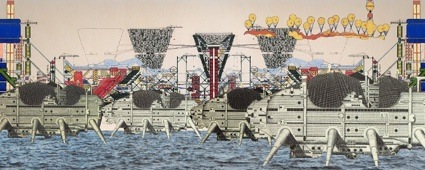 Archigram, “Walking city” Concept
Archigram, “Walking city” Concept
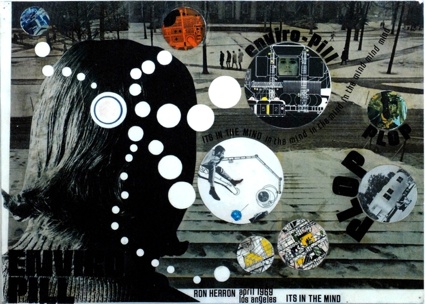 Ron Herron, Enviro Pill, 1969
Ron Herron, Enviro Pill, 1969
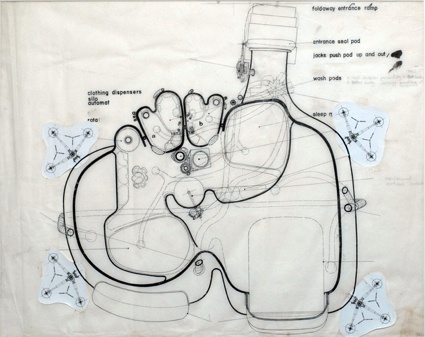 Living Pod, 1966. © David Greene, Archigram
Living Pod, 1966. © David Greene, Archigram
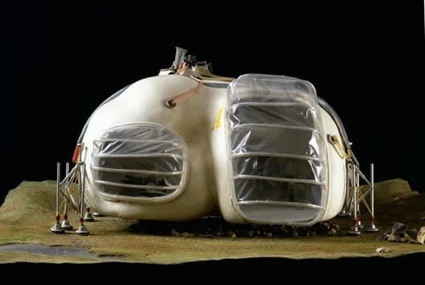 Living Pod, 1966. © David Greene, Archigram
Living Pod, 1966. © David Greene, Archigram
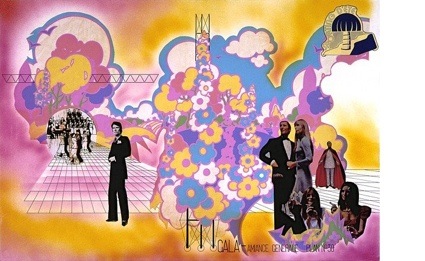 Gala Ambiance, Monte Carlo Palm Tree Project, Archigram Architects, 1971
Gala Ambiance, Monte Carlo Palm Tree Project, Archigram Architects, 1971
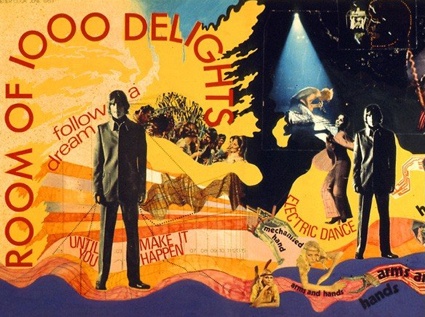 Room of 1000 Delights, Peter Cook, 1970
Room of 1000 Delights, Peter Cook, 1970
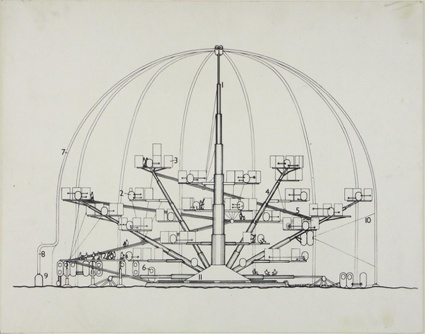 Peter Cook, Blow-out Village, 1986
Peter Cook, Blow-out Village, 1986
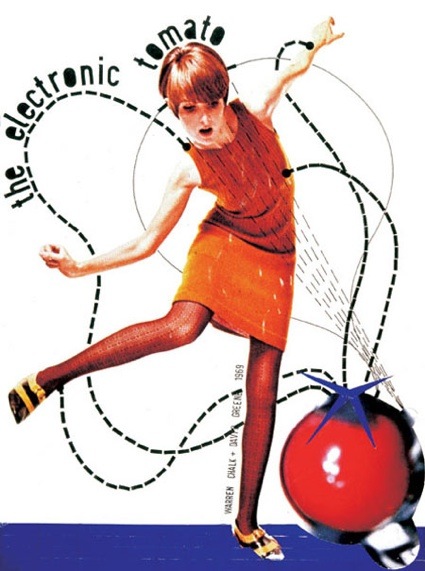 Electronic Tomato, 1969. © Warren Chalk, David Greene, Archigram
Electronic Tomato, 1969. © Warren Chalk, David Greene, Archigram
Photo on the homepage: Blow-Out Village, Peter Cook, Archigram 1966.
